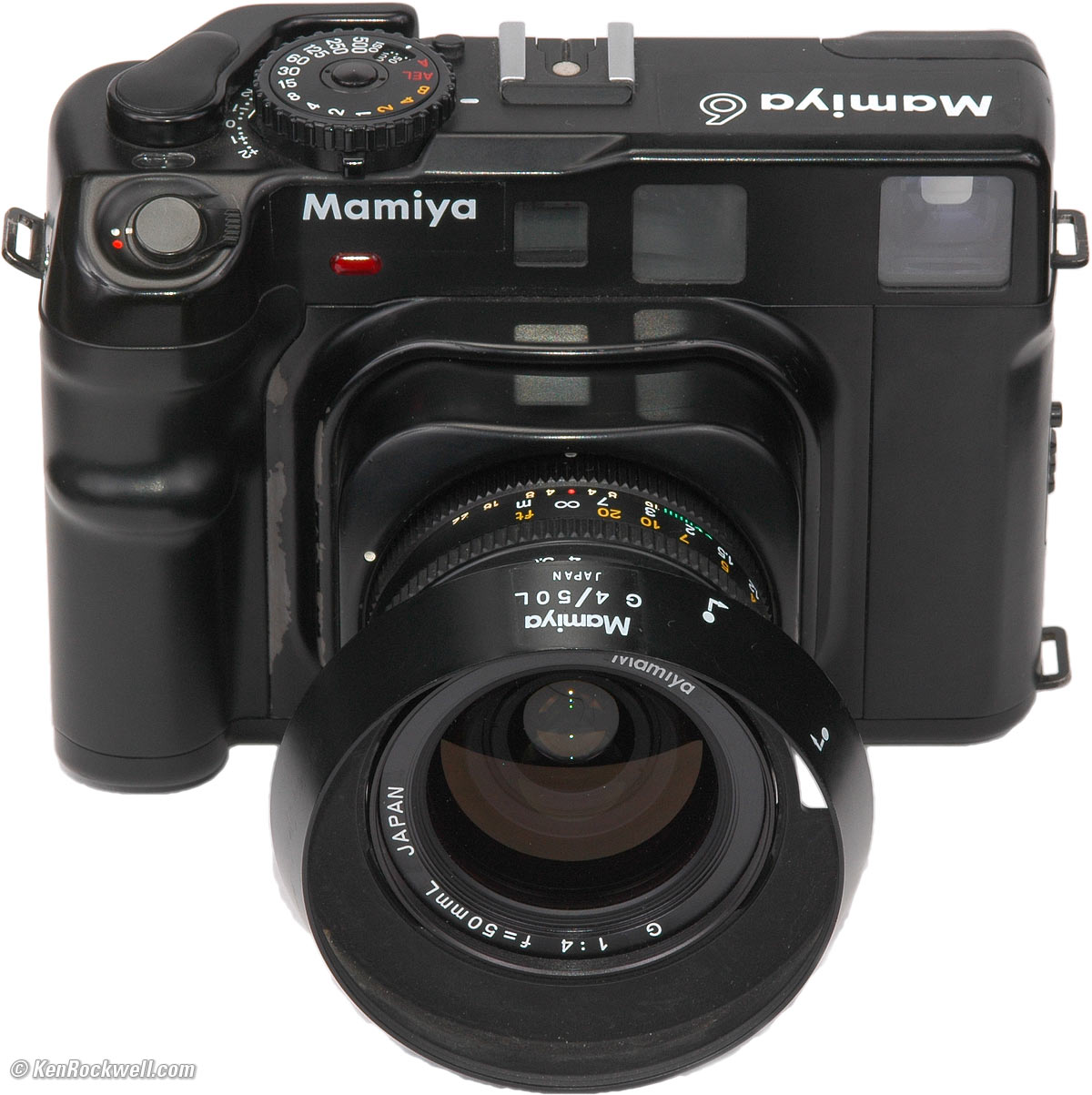
Instead, I came up with a simple way to make custom ~ using inkjet transparency sheets. MAMIYA N 150mm F/4.5 L Lens for Mamiya 7/7II from Japan The standard. I used a Pentax 67II for this shot and if it had grid lines on the focus screen I could have possibly estimated each shot position. It is The Ultimate 6x7 Rangefinder, virtually no bigger than the top 35mm SLRs.

However, both provide speedy start-up times combined with fast autofocusing. Neither the X-E3 nor the X-T20 has the X-Pro2's hybrid viewfinder, which lets users switch between electronic and optical viewing, the latter with appropriate ~ for the lens attached. The ~ on the X-Pro1 were all over the place in comparison, because it's not a proper Camp. Just fyi, I use a film rangefinder camera (Mamiya 7ii), and the ~ are pretty accurate not 100% but certainly good enough to compose the image. The Xpan frame is 24mm high x 65mm wide, a little bit less than twice as wide as a standard frame. A standard 35mm frame is 24mm high x 36mm wide. The Xpan is the most expensive toy camera ever made The Xpan is a panoramic format 35mm film camera. The half-frame (M8.2) ~ of the Leica 18mm finder get in the way of full-frame coverage, there is no level, and the view is pretty poor and distorted. Panoramarama Hasselblad Xpan Camera Review. Reasons for this: 1) Significantly larger negative, easier to 'read' without a loupe, better large prints 2) No distracting framelines 3) True flash sync up to 1/500 4 Ergonomics, although this is a personal preference.
#Mamiya 7 ii framelines no lens manual#
It has a coupled, combined, superimposed- image range/viewfinder with projected, parallax-compensating frame lines, a center-weighted aperture-priority auto- exposure system, full manual settings, and an electronically controlled inter- lens leaf shutter with speeds ranging from 4-1/500 with flash sync at all speeds. I much prefer the Mamiya 7 to a Leica or any 35mm rangefinder.

On the other hand, there's no blackout when you take a picture and your lens aperture doesn't affect depth-of-field in the viewfinder so you see everything normally. You don't see exactly what's being captured and you compose with frame lines in the viewfinder that aren't 100% accurate.


 0 kommentar(er)
0 kommentar(er)
